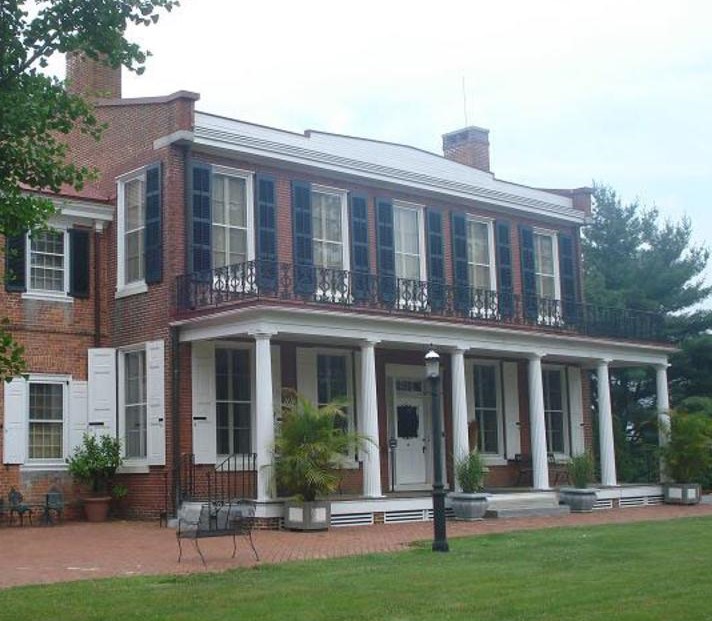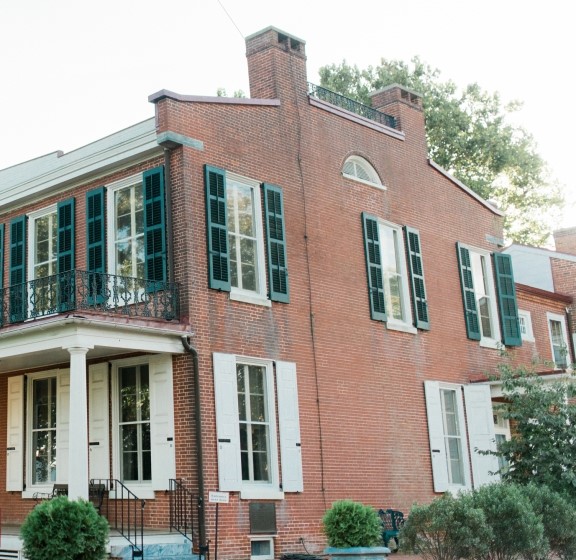Details in Delaware: Shutters
“Details in Delaware” is a history-informed collaboration between Kara A. Briggs, an architectural historian with the Delaware Division of Historical and Cultural Affairs State Historic Preservation Office, and Desiree May, the Division’s social media lead, to bring some interesting Delaware history facts and preservation information to the forefront.
The idea is to showcase the diversity of what the Division does, while also highlighting unique architectural features and historic cultural resources to educate the public. Check out more interesting details like these by visiting the Division on Facebook, Instagram and Twitter!
Shutters
Have you ever noticed shutters on a historic home and wondered why there were different types on the first floor from that on the upper floors? Or why shutters on the first floor might be painted white, but painted a darker color on the upper floors? It’s all intentional!
Solid shutters on the first floor, when closed and fastened, offer protection and security. Louvered shutters on the upper floors, when closed, may still provide a level of security while allowing for ventilation.
Now for the difference in color: Imagine the house in the days before electricity. All of your interior space light is illuminated by candles. So, as was sometimes done, the first-floor shutters were painted white so that (when closed at night) a candle-lit interior would appear brighter. Louvered shutters on the second floor would be painted black or another dark color to provide darkness for daytime napping.


The “detail” featured above are the exterior shutters at Buena Vista located in New Castle. Buena Vista was built between 1845 and 1847 by Delaware and U.S. statesman John Middleton Clayton. Buena Vista was individually listed in the National Register of Historic Places in 1971.


